-
We use a wide variety of equipment in our labs. Through a
large number of grants by the section more than a decade we
have been able to build a world class research facility. We do
have cleanroom and microscopy facilities outside the confines
of the SurfCat section at DTU Physics, which are located at
DTUNanolab.
Sputtering Equipment
We have 2 AJA Inc magnetron sputtering systems with the one of the left being an ultra-high vacuum chamber and the one on the right being a high vaccum chamber. These are easy to use durable and productive machines and AJA is a great company to work with. I would highly recommend these systems to anybody.
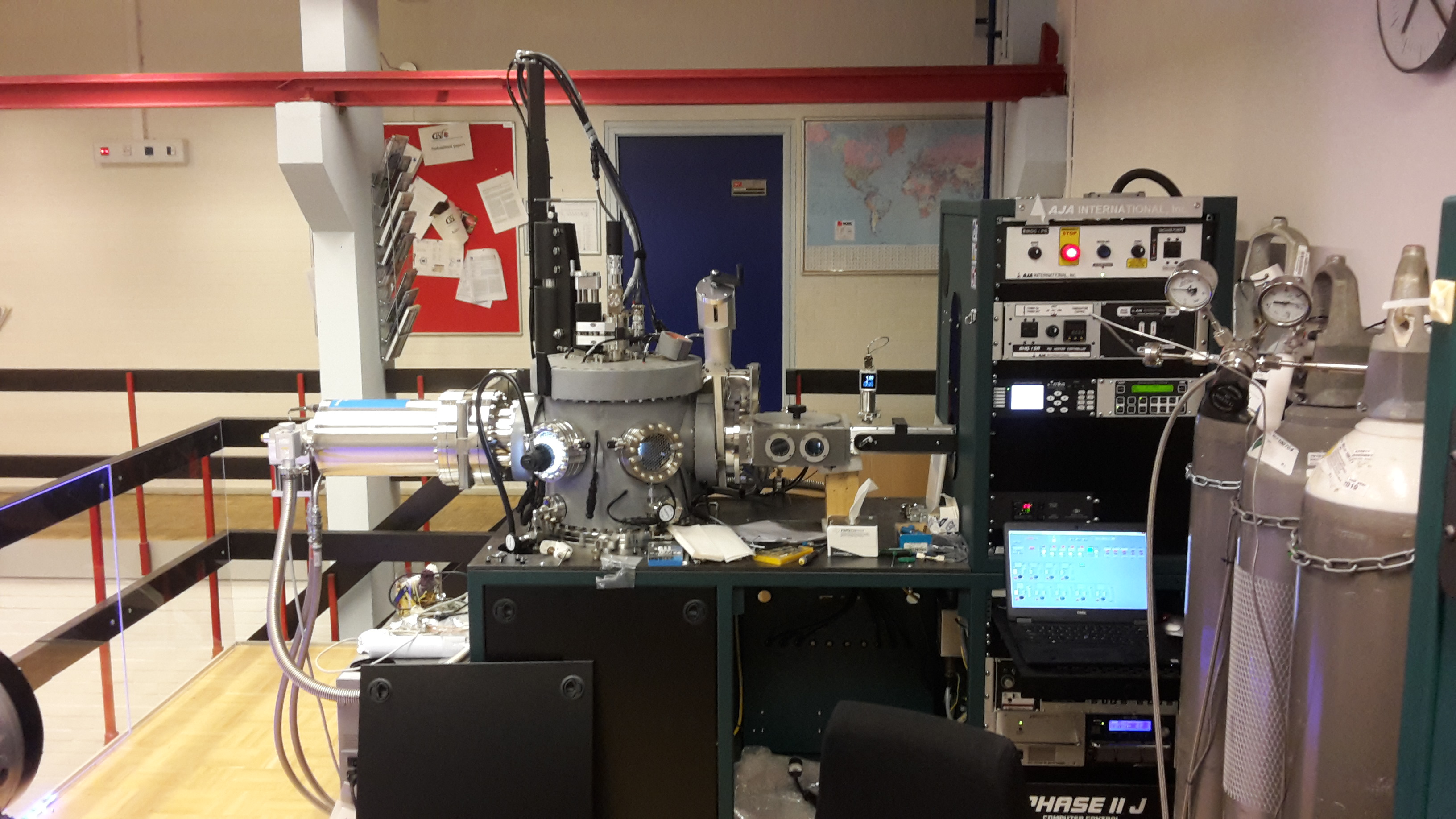
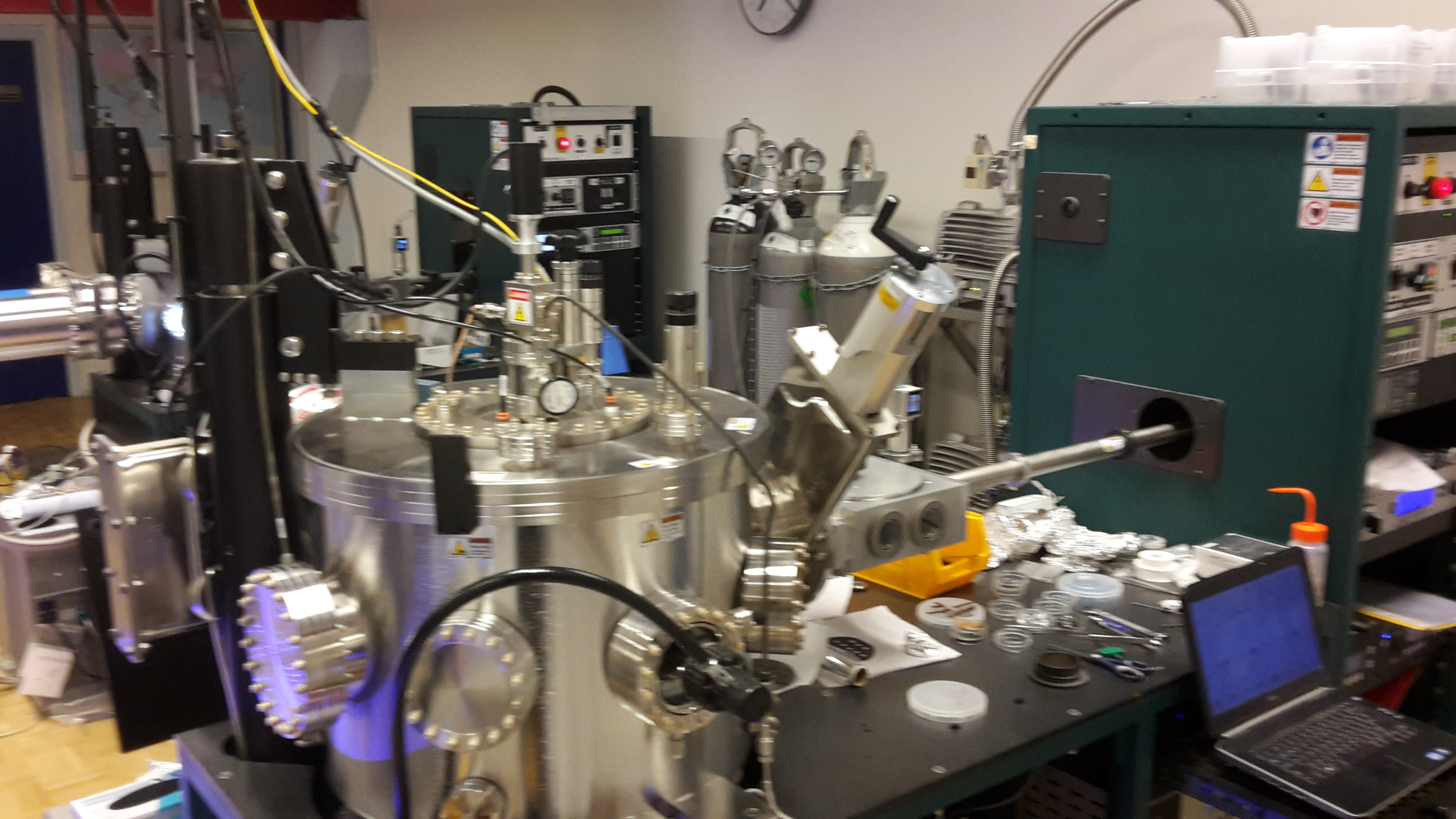
X-Ray Diffraction
We have 2 almost identical PanAnalytical X'Pert Pro systems where one in typically used for in-situ reactions and the other is used for powders and thin films.
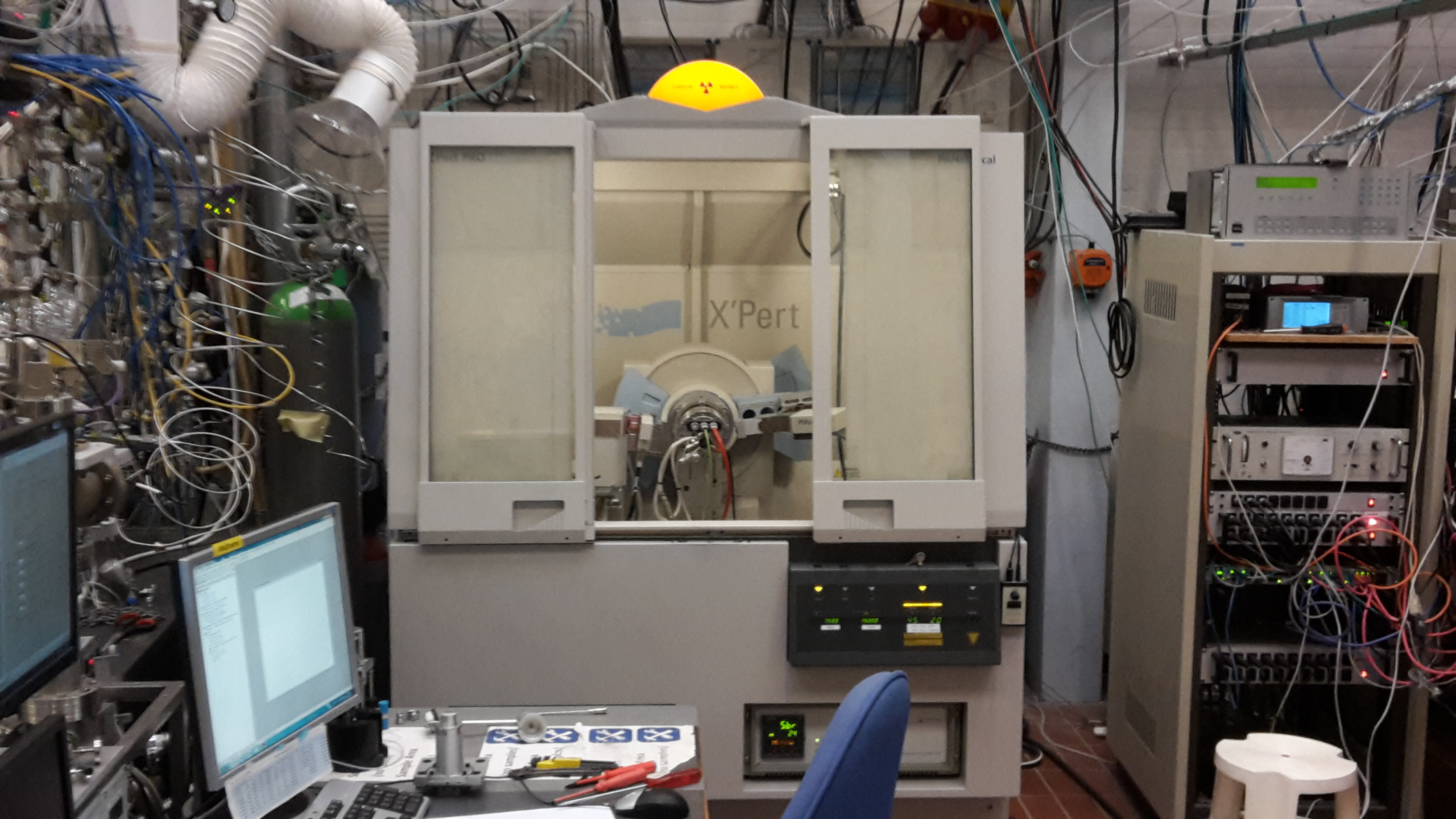
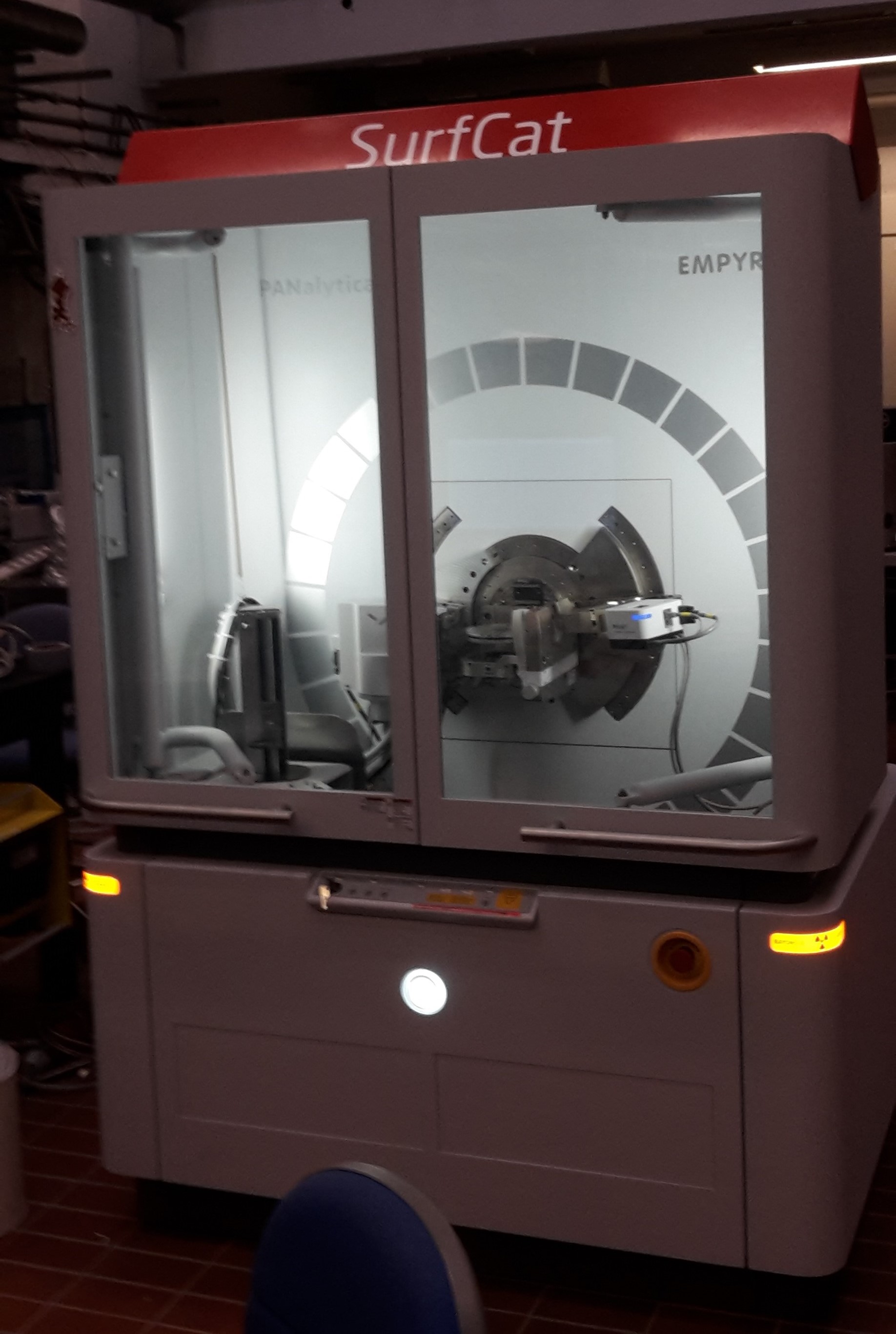
Electrochemical Mass Spectrometer (EC-MS)
We have an electrochemical mass spectrometer used for world-class sensitivity and time resolution for various electrcatalysis reactions. This is basically just a silicon wafer with holes in in attached to a gas chromatograph. Nevertheless the engineering involved with this allows us to get detection layers as small as about 1/10 a monolayer of reactant coming off a catalyst. The advantage is there is no more sensitive technique for gases and extremely volatile liquids, however less volatile species such as ethanol provide a decreased sensitivity, (wherein differential mass spectrometery (DEMS) overtakes it as the most sensitive technique.) The advantage is this device can measure products at the nanoamp regime, however the disadvange is that its upper current density is typically aroudn 1 mA, but depends on the product being produced.
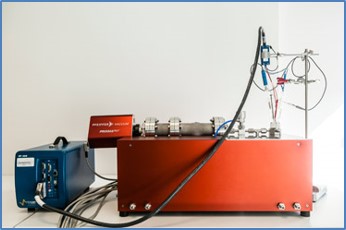
XPS
We have a Thermo Fischer XPS, where on the back side we have a nitrogen purged atmospheric pressure chamber where we can do electrochemcial measurements. The advantage of this is that we can directly insert the electrodes into the XPS without exposure to the oxidizing conditions of air.
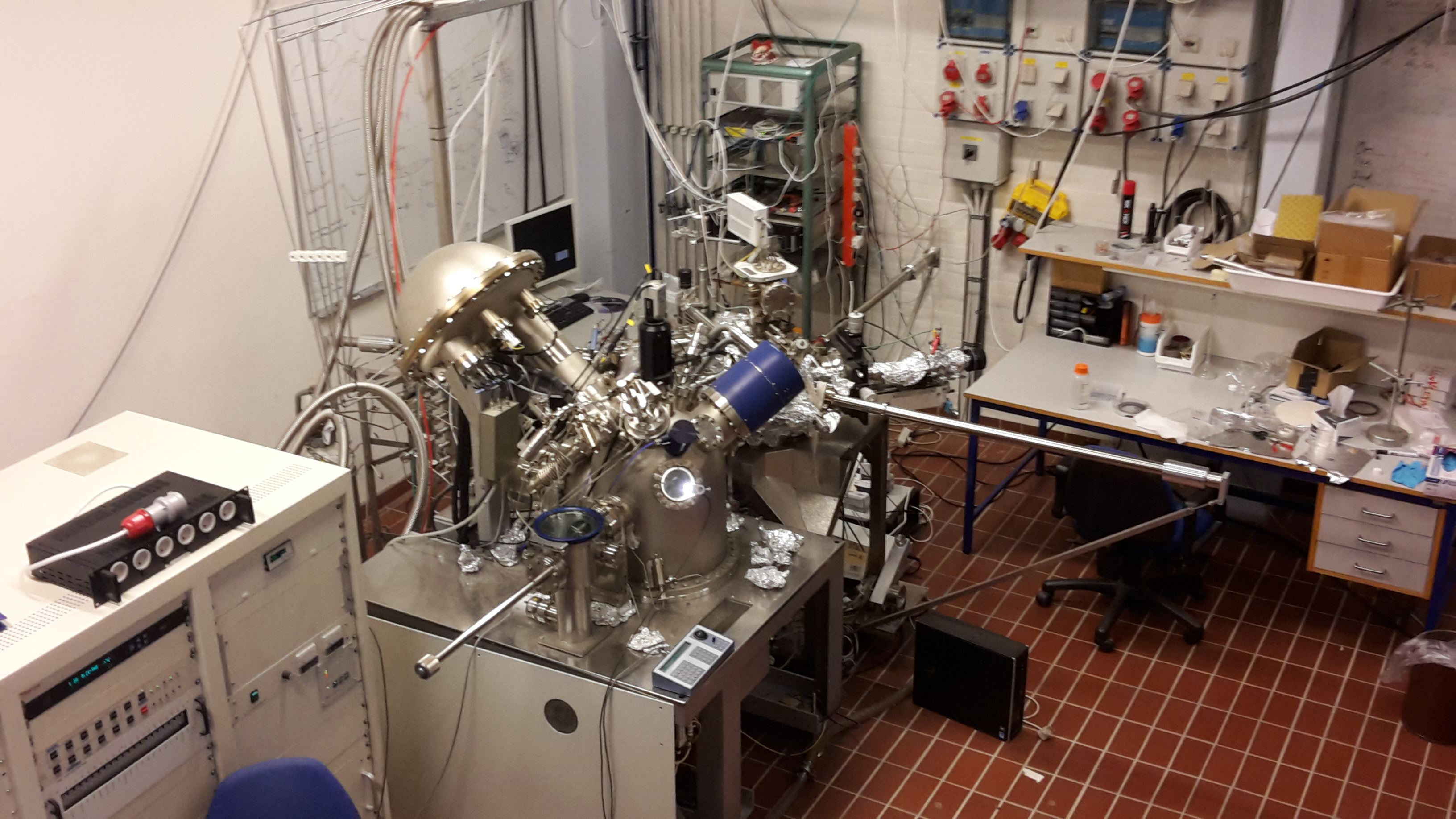
Furnaces
We have your standard Carbolite box furnaces as well as tube furnaces. Our quasi-homemade tube furnaces can go to 1200C. We have it currently set-up so we can run 3 different gasses through them. The furnaces on the right have a line to pull vacuum. Flushing with vacuum allows us to efficiently pull out all the oxygen before annealing in inert environments.
Electrochemical Set-up
We use a multitude of potentiostats exclusively from Biologic. We use both the standard models and the premium 300 series models. We have approximately 10 chassies and about 25 channels. In general these are quite good potentiostats with excellent support and I would highly recommend them. We have found that at low current densities and for sensitive applications the 300 series models due to provide significant benefits to justify their extra costs. Costwise you are looking at
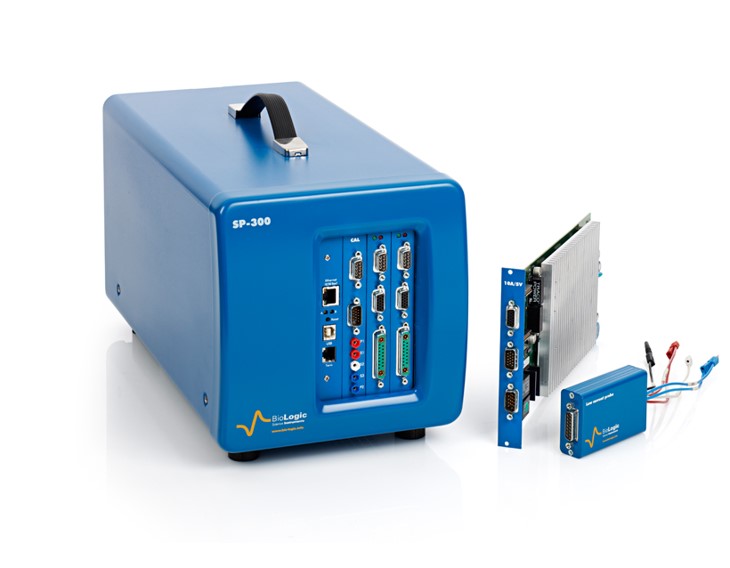
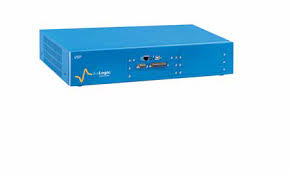
Quartz Crystal Microbalance
(SRS)- These can be used to determine very small changes in mass. We use these to determine whether we are corroding monolayers of catalyst. They can very easily be connected to electrochemical set-ups to allow for the very powerful electrochemical quartz crystal microbalance studies. These are quite cheap and, in my opinion, are one of the most under-utilized tools to analyze electrochemical reactions
Gas Chromatographs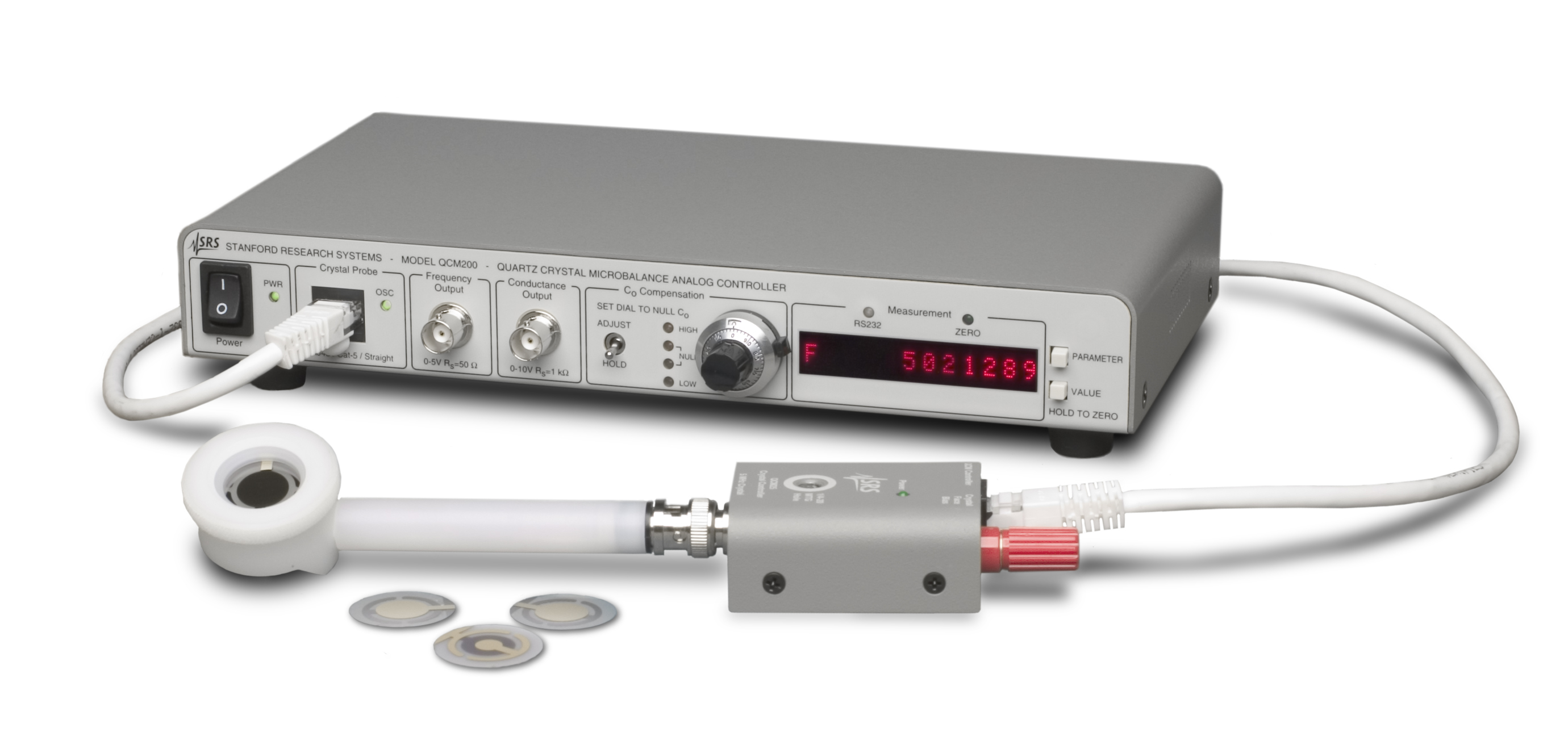
We have a collection of gas chomatographs. We haev a 6890 and 7890 Agilent. Both of these contain an FID and TCD Due to unacceptable customer support from Agilent, we have recently bought 2 Perkin Elmer systems due to their much better customer support. We operate our reactors in-line with the GC, thus they use a 6-way valve and automated sampling to insert products. Perkin Elmer's base model does not haev a heated 6 way valve, which restricts the flexibility of these devices. We have since bought a Thermo Fischer Trace 1300 GC and are quite happy with that. From left to right, the pictures below are our 6890 model, 7890 model with head space analyzer and our 580C Perkin Elmer model. All systems are hooked up to allow in-situ measurements from our electrochemical cells.
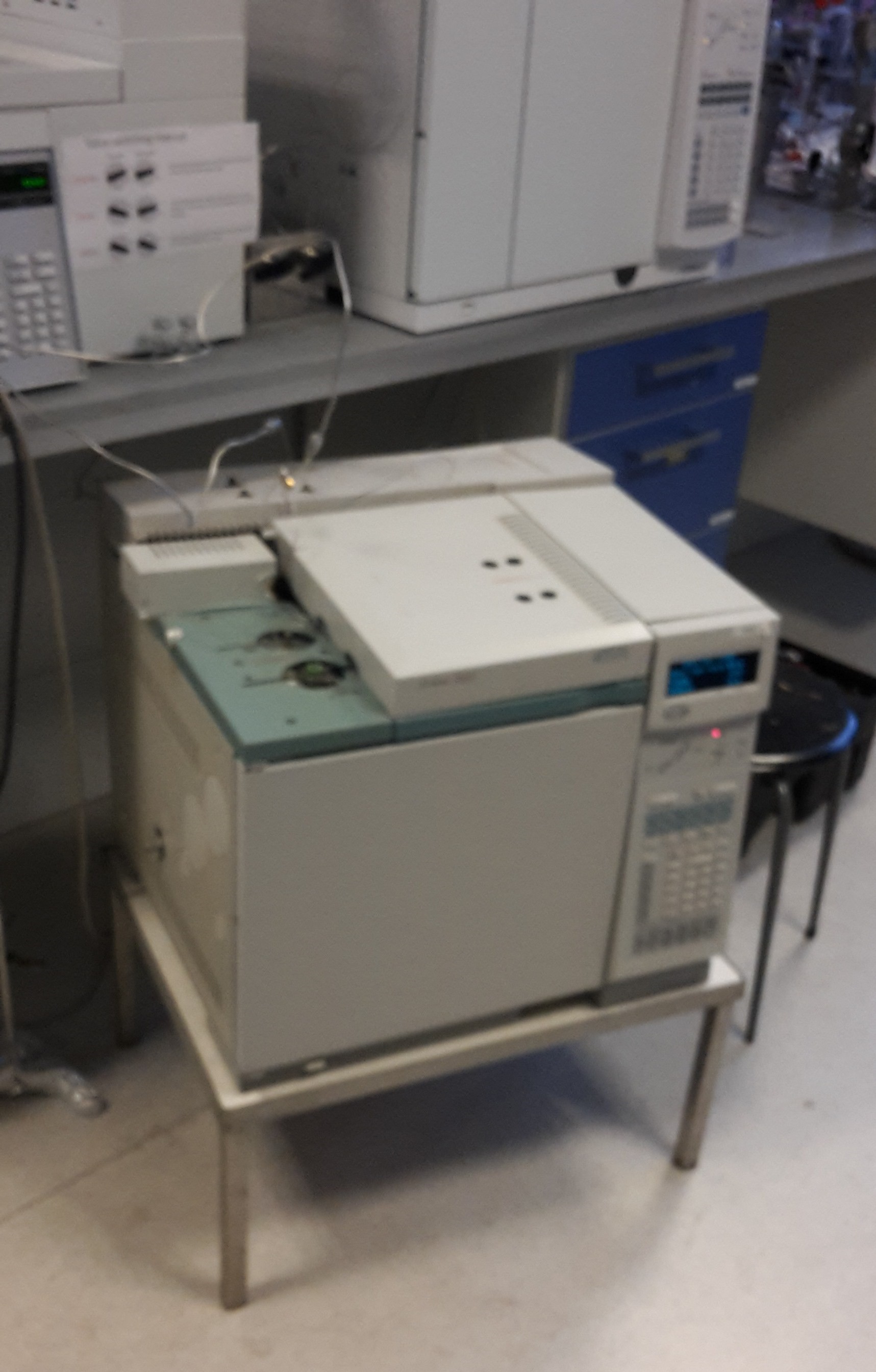
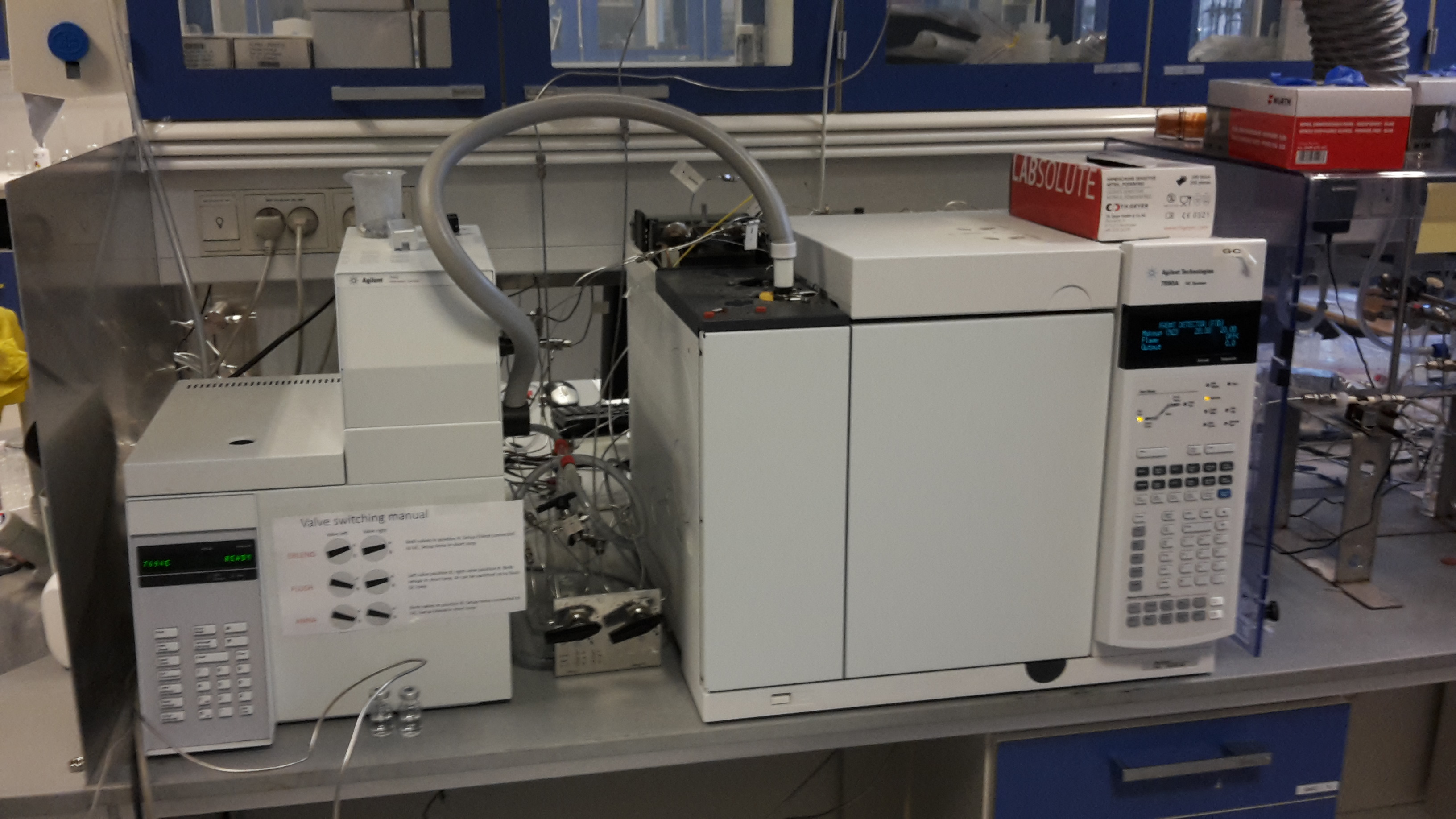
Agilent 6890 Agilent 7890 with static head space analyzer (machine on the left) 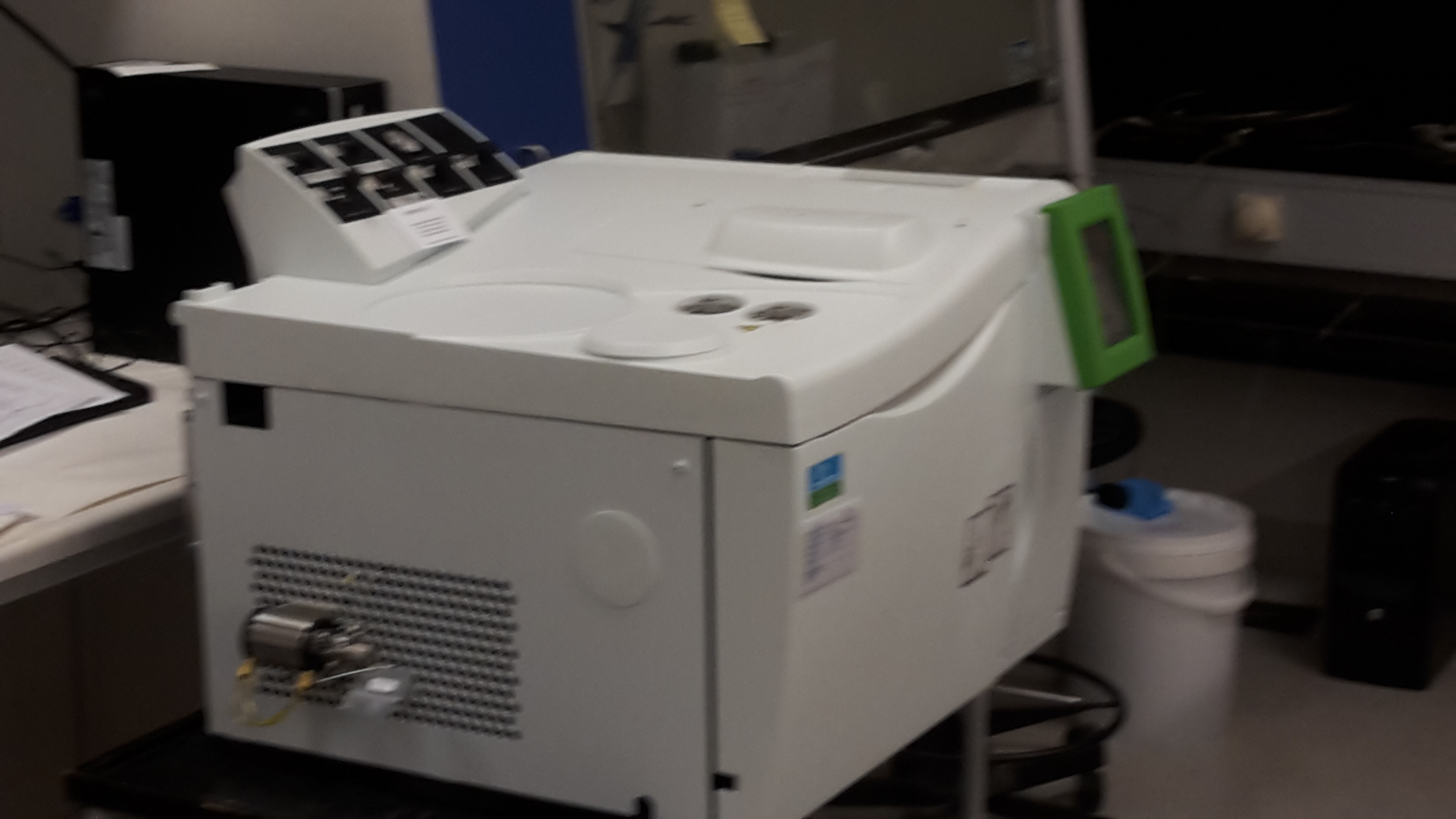
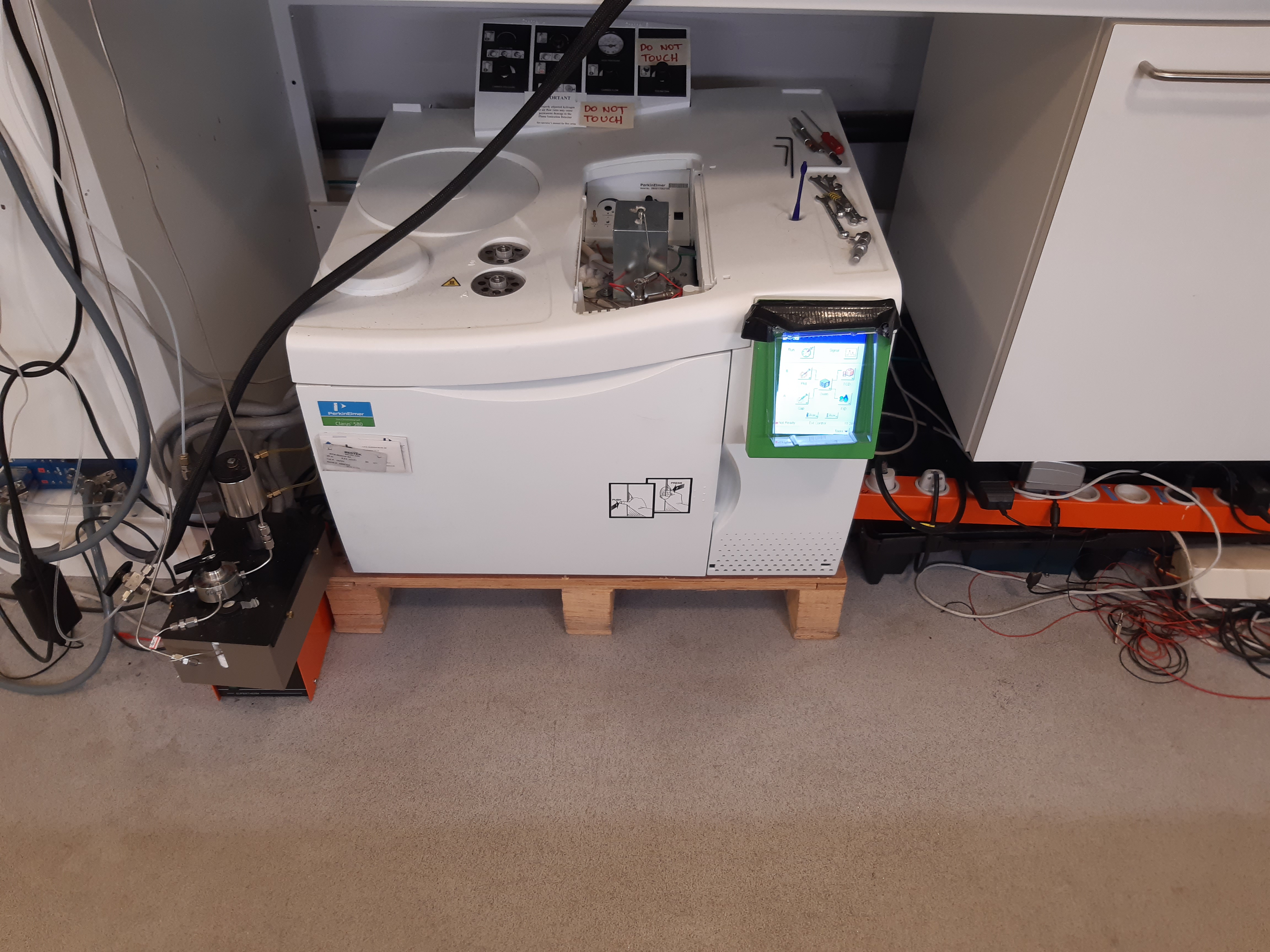
Perkin Elmer 580C Perkin Elmer 580C (with heated valve box) 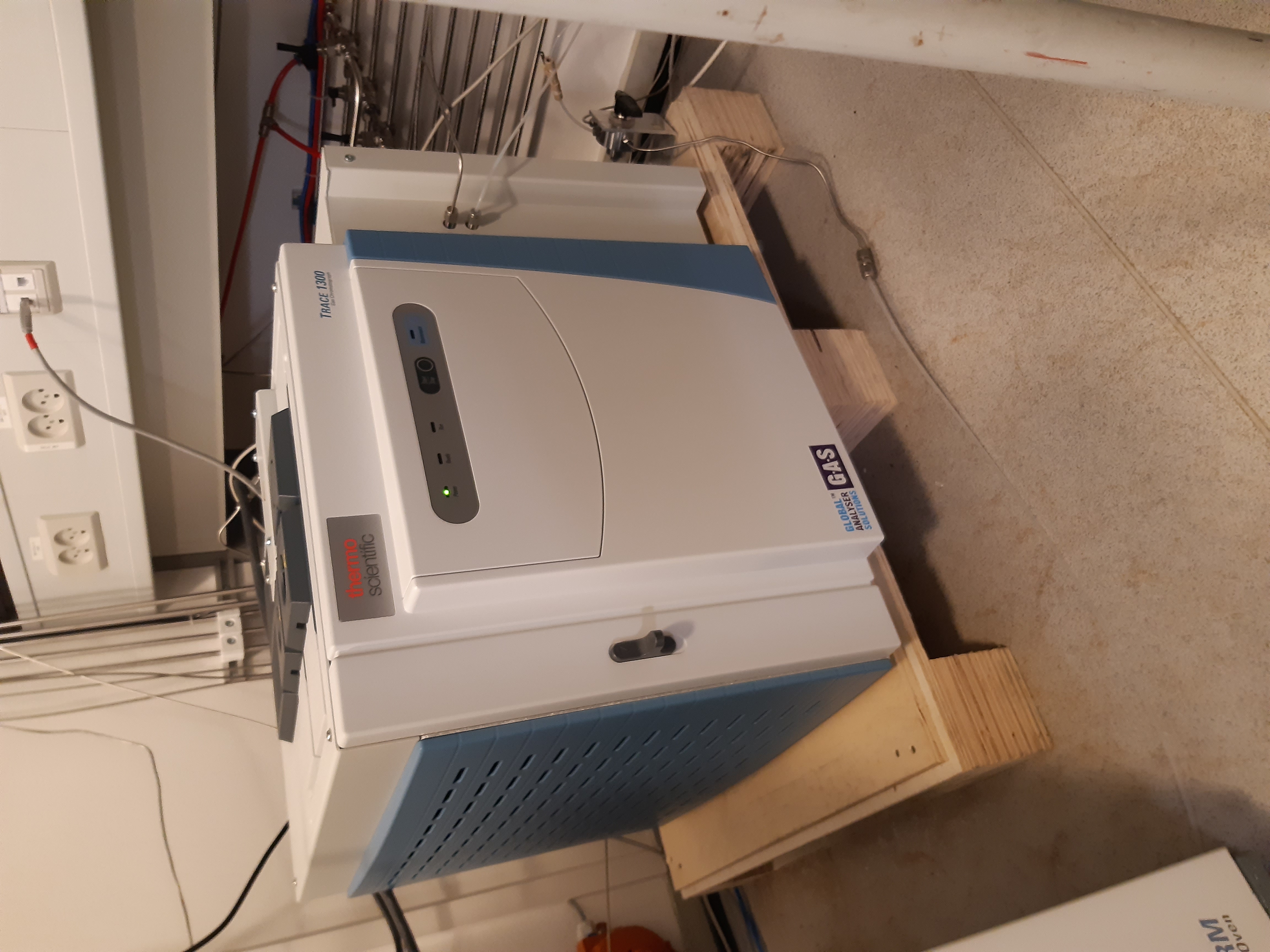
Thermo Fisher Trace 1300
HPLC
We have a new Agilent 1260 Infinity system. It works just fine for testing small cabon chain (C1-C3), alcohols, aldehydes and caboylic acids (or their ionic equivalents at higher pH)
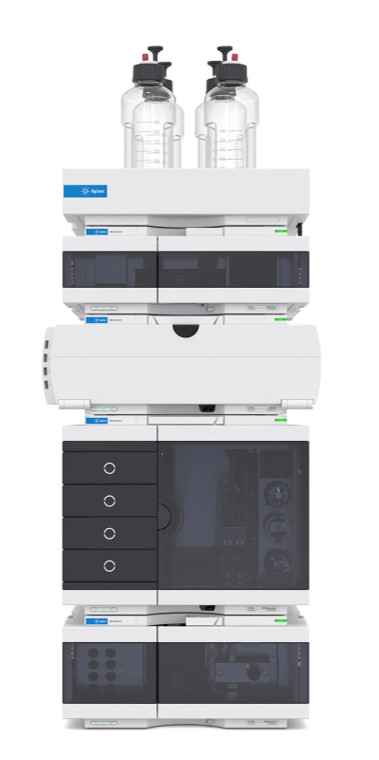
FTIR
We have a Bruker FTIR on which we do surface enhanced FTIR with. For CO2 and CO electrolysis, we primarily are only seeing CO and carboante binding, thus currently we have not got the value we hoped for when we bought this machine. To a certain extent though, that is an issue with regards to our reaction rather than the machine itself.
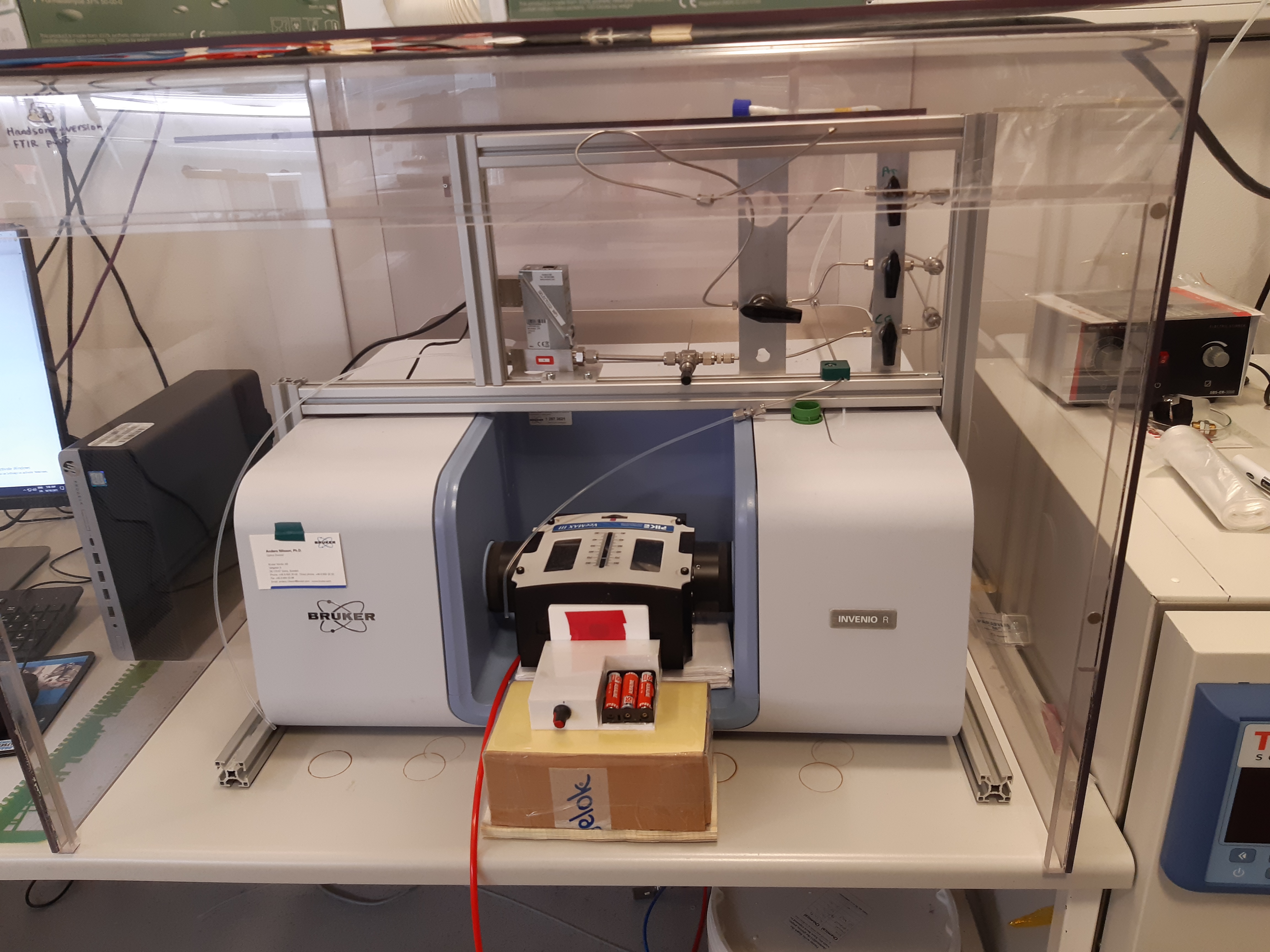
Inductively Coupled Plasma Mass Spectrometer
(Thermo Fischer)- This is an excellent machine for determining very small amounts of corrosion (ppb and sometimes ppt). However it needs constant attention and is best to have a technician in charge of maintaining it.

 |
Equipment We Use |
 |